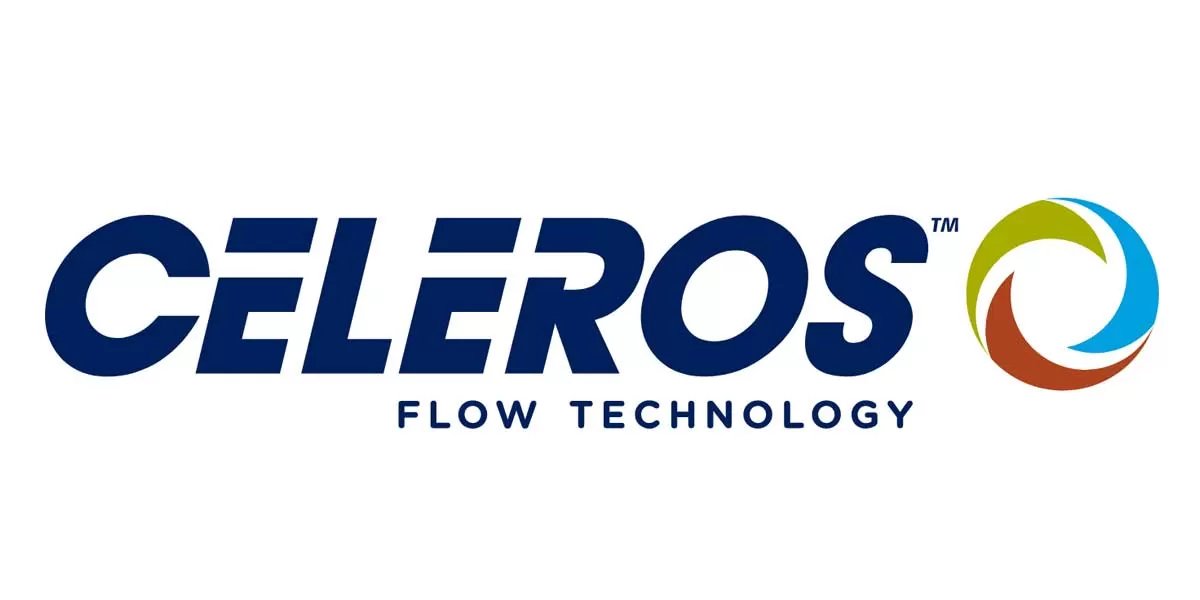Lean is a journey and there are several levels of maturity in lead adoption.
“Indian companies have recognised the need to improve productivity through waste reduction,” believes Dr Koshy Varghese, Professor, Building Technology & Construction Management Division, Department of Civil Engineering, IIT-Madras. “Leading companies have initiated their efforts towards Lean. But the industry is fragmented and it will take several years for all players to align their processes to the Lean-based approach.”
In the view of Prakash Patil, Secretary General, Institute for Lean Construction Excellence (ILCE), and Vice President-Projects, Tata Realty and Infrastructure, Indian companies are not yet adopting Lean. “It is at a preliminary stage in India; however, a few construction giants are following Lean practices such as Last Planner (r) System (LPS), Big Room, Pull Planning, 5S, Kaizen, Building Information Modelling (BIM), etc. Lean is at an initial stage not only in India; it is not very effectively implemented in the US either.” He adds that ILCE is trying to create awareness about Lean at the government level, so that some level of participation from the government will help bring awareness and better practices in the industry. “Let’s say, like in the UK, if it is made mandatory in India to provide all design submissions to government as BIM models, it will be a good tool to detect a lot of design clashes. BIM helps as one of the tools of Lean construction.”
Barriers to implementation
What are the current barriers to the successful implementation of Lean construction? “Short-sightedness is the biggest barrier,” believes Dr Ritesh Chandrashekar Tiwari, Director - Highways & Structures, Egis India. He elaborates: “Companies cutting corners in the short term need to understand that construction is not a FMCG product. It lasts decades, if not centuries. Therefore, serious players need to look at Lean construction as an investment and a way of benchmarking themselves in the industry. Lean is an investment, not an expense. Once more companies realise this, the problem is addressed.”
The Indian construction industry is relatively labour-intensive. Dealing with machines is way more formal than dealing with humans, says SC Dixit, Executive Director, Shapoorji Pallonji Engineering & Construction, “which, in consequence, throws additional challenge to organisations to choose among process change or building on experiences of its traditional workforce.” He highlights identified hurdles during implantation as: Temporary multi-organisation-execution team varying at every project; continuous inflow of unskilled labour and outflow of trained ones from various labour contractors; subcontractors’ vision towards their own workforce; lack of collaborative working of information sourcing teams (design consultants and PMCs) creating delay in timebound availability of desired changes and approvals; regularisations of changes as per frequent change in needs of customer restarts; information creation; and approval processes.
As change is always inevitable, for Dixit, adopting a hybrid mechanism seems a way forward, “where the industry trains its incoming workforce on new practices with the help of experienced hands, settling down differences faced during the adoption process.”
Steps forward
What would be the first step to implement Lean in construction companies? “Recognising the waste in current processes and taking steps to identify and quantify it,” responds Dr Varghese. He adds that the Government should structure contracts to include Lean-based approaches in project delivery and provide frameworks to support organisations to train people in Lean thinking. Patil, too, opines that the government should add Lean elements in the contractual process. “Contractors should be made to give a Lean construction report on the savings encountered by implementing LPS, BIM, collaborative contracts, etc.”
Patil emphasises that Lean is a “culture” that has to be embedded in your chain. “Gradually, when companies see Lean being practiced and experience the benefits, contractors will become competitive about it and eventually benefits will pass on to developers.” Meanwhile, Amit Uplenchwar, CEO, HCC Engineering and Construction, emphasises that the success of Lean construction in any organisation depends on leadership commitment. “It must start at the top and filter down to project teams working at construction sites.”
According to Kamal Hadker, Chairman and Managing Director, Sterling Engineering Consultancy Services, the Indian construction industry will be quick to adopt Lean construction “because it speaks for economy and efficiency and speed.” There are several players who are using cutting-edge tools to minimise human interventions, says Dr Tiwari. “And their numbers are growing.”
As India aspires to global standards in infrastructure output, it’s clearly time to get Lean!
- SERAPHINA D’SOUZA

















